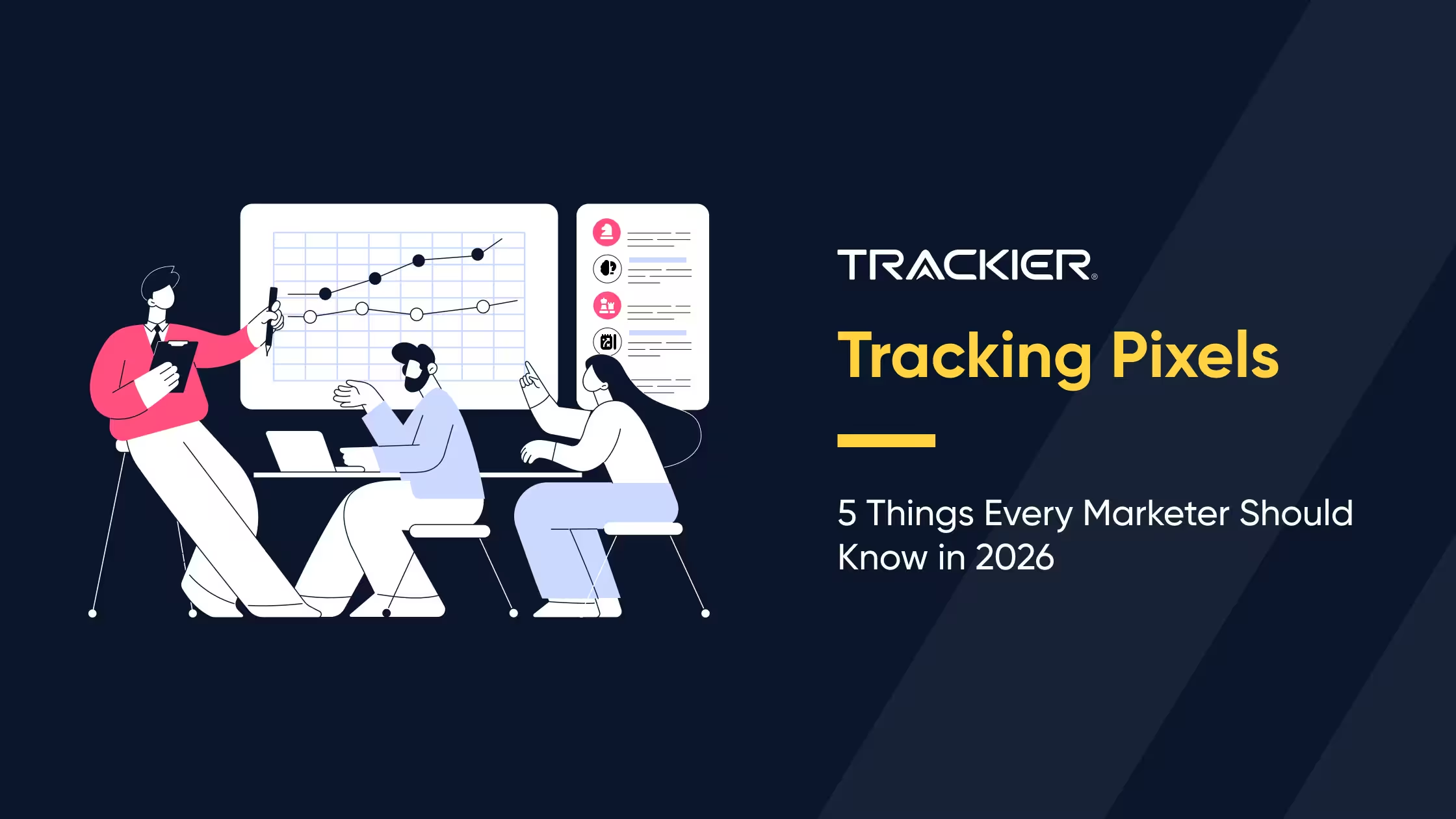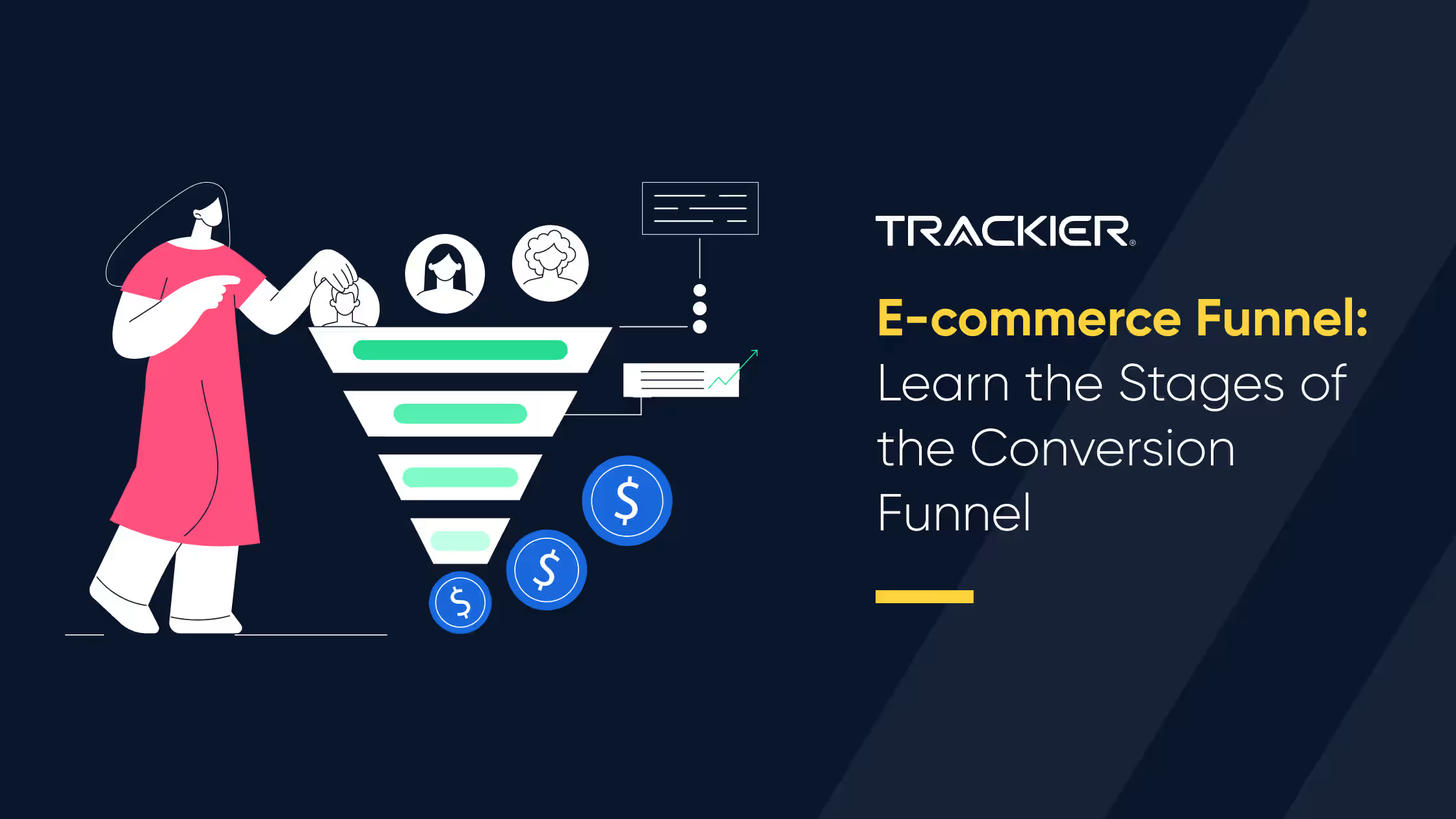Introduction
Digital marketing today is a high-stakes game of pixels and precision, where a single misfire in tracking can quietly drain thousands from your bottom line. A proper analysis and following over-the-counter methods of campaign optimization is effective, but keeping only this in mind cannot solve the problem.
No matter how hard one tries to have successful advertising campaigns, poor tracking is cash-consuming. Companies will spend upwards of tens of thousands of dollars advertising but never experience the profit they hope for, merely because they lack the capabilities of measuring performance.
This article takes a closer look at the so often underemphasized expense of bad tracking, its effect on the success of marketing, and practical steps to rectify your campaigns.
The Real Cost of Poor Tracking

Wasted Ad Spend
The most important cost of its failure is poor tracking, and one of those is wasted advertising spend. Without good tracking of the marketing campaigns, companies are compelled to throw their money into underperforming channels.
Marketers end up investing continuously in those campaigns that do not produce any measurable outcomes, and they continue spending huge amounts with few returns.
For instance, an advertising agency undertaking several social media advertising campaigns may spend most of its budget on a campaign that is not converting easily. Without proper monitoring or tracking, such inefficiencies remain undetected and lead to unnecessary financial loss.
Incorrect Marketing Attribution
Marketing attribution is essential to know which touchpoints and channels drive conversions. Inaccurate tracking leads to misattribution, and companies over- or under-value the contribution of specific marketing channels. This then influences budgeting, and resources could be allocated away from top-performing platforms.
Suppose a business relies too heavily on last-click attribution, for instance. In that case, it will fail to register the effect of top-of-funnel sources such as display or organic search on conversion. Marketing teams could thus cut spend on awareness campaigns, inadvertently throttling their customer acquisition pipeline.
For an in-depth look into the marketing jargon and best practices, check it out: https://trackier.com/attribution/
Decreasing Conversion Rates
Conversion Rate Optimization (CRO) heavily relies on data-driven decisions. Without proper tracking, it’s hard to have any idea what aspects of a campaign are contributing to conversions. That results in terrible A/B tests, non-optimized landing pages, and no personalization, and all these have a negative effect on conversion rates.
When companies fail to record form submissions, button clicks, or in-site activity correctly, they lose critical behavior data. Failure to obtain this data results in global user activity that is unable to entice potential buyers and lowers the conversion rate.
Click Fraud and Invalid Traffic
Click fraud is a quickly emerging problem in advertising on the Internet. In the absence of good tracking as well as fraud prevention controls, businesses are subject to fake clicks, losing ad budgets to spammers instead of actual customers.
Deceptive clicks may be a result of rival companies seeking to drain ad budget, software automation tools designed to simulate human clicks, or even unscrupulous publishers with the intention to perpetrate pay-per-click (PPC) fraud. In order to secure campaigns to real prospects and avoid wasting money, having a Click Fraud Prevention tactic is necessary.
How to Repair Your Campaign Tracking

Use Advanced Tracking Tools
With advanced tracking features like UTM parameters, pixel tracking, and marketing analytics suites, one can derive detailed insights about campaign performance. These tools facilitate the monitoring of user behavior, tracking of conversions, and optimization of marketing activities accordingly.
- UTM Parameters: Adding UTM codes to URLs allows marketers to track the performance of specific campaigns, sources, and mediums in analytics tools like Google Analytics.
- Pixel Tracking: Tools like Facebook Pixel and Google Tag Manager allow companies to track user interactions, including form fills and purchases.
- Marketing Analytics Platforms: Tools like HubSpot, Adobe Analytics, and Google Analytics 4 deliver rich insights into user journeys and campaign impact.
Improve Marketing Attribution Models
The best attribution model selection is required to obtain the right measures of performance. Multi-touch models like linear or data-driven ones have to be evaluated by marketers in order to form an overall view of customer touches and budget their spend accordingly.
- Linear Attribution: Assigns equal weightage to all the touch points of the conversion path.
- Time Decay Attribution: Assigns more weight to the interactions near the conversion action.
- Data-Driven Attribution: Leverages machine learning to level the effect of each touchpoint.
Using a sound attribution model allows companies to know the effect of each channel and use their marketing budget efficiently.
Leverage First-Party Data
Due to growing data privacy issues and cookie restrictions, trusting first-party data is more important than ever. Companies must obtain and analyze their customers’ data directly through site visits, email newsletters, and CRM tools.
- Get users to register for newsletters or reward programs to capitalize on high-value customer knowledge.
- Leverage server-side tracking to obtain correct user insight, by privacy regulations.
- Leverage AI-driven analytics to segment audiences and provide personalized experiences.
Optimize Conversion Paths
To enhance conversion rates, marketers need to continually experiment and optimize user experience components, call-to-action buttons, and landing pages. Heatmaps, session recordings, and A/B testing solutions can be instrumental in determining user behavior and optimizing conversion paths.
- Heatmaps: Tools such as Hotjar and Crazy Egg graphically display how users are interacting with web pages.
- Session Recordings: Monitor the users’ navigation to determine areas of friction during the conversion process.
- A/B Testing: Google Optimize and Optimizely offer capabilities to facilitate marketers in comparing various elements and seeing what generates the best outcome.
Invest in Click Fraud Prevention
Click fraud has the potential to severely destroy the ROI for paid campaigns. It is wise to invest in detection software and tracking traffic quality to make sure fraudulent clicks do not empty the ad budget. The campaign reaches real audiences by employing AI-based fraud detection programs.
- ClickCease and TrafficGuard are software applications that help to monitor and block fraud.
- AI-based fraud detection services study user activity and mark the abnormal activity as suspicious.
- Advertisers can implement IP blocking and geofencing to limit exposure to fake traffic.
Enable auditing of campaigns frequently
Frequent audits also reveal tracking gaps and inconsistencies in data collection. Companies should regularly review tracking codes, ensure correct pixel deployment, and audit for accurate data in analytics platforms to ensure the integrity of tracking processes.
- Perform regular tracking audits to ensure the accuracy of data.
- Make a cross-platform analysis to analyze performance metrics.
- Verify event tracking settings to avoid missing data points.
Conclusion
Substandard tracking can quietly drain marketing budgets and ruin campaign success. With enhanced tracking techniques, advanced attribution models, and investment in fraud prevention tools, companies can maximize campaign performance and enhance ROI.
With these strategies in place, companies are able to transform their marketing campaigns and achieve sustainable growth in a competitive online market. The success formula is always to improve monitoring processes, keep pace with the latest tools of analytics, and make strategic decisions based on facts that propel marketing campaigns to new heights.
FAQs
What is smart tracking, and how does it improve campaign performance?
Smart tracking refers to advanced attribution and tracking tools that monitor user behavior across multiple touchpoints to accurately measure campaign outcomes. By capturing real-time data about clicks, conversions, and customer paths, smart tracking pinpoints inefficiencies and optimizes budget allocation. This allows marketers to identify high-performing channels, eliminate wasted spend, and boost ROI consistently.
How can smart tracking reveal hidden revenue leaks in marketing campaigns?
Smart tracking exposes hidden revenue leaks by correlating every ad click to conversion events, highlighting sources of wasted spend like fraudulent clicks or underperforming placements. With accurate attribution, marketers can identify which channels fail to convert, swiftly block or adjust them, and allocate budgets to more profitable streams—ultimately plugging revenue holes and enhancing campaign results.
Why is fraud prevention essential in smart campaign tracking?
Fraud prevention is vital because fraudulent traffic, such as bots, multi-click abuse, or click farms, distorts performance metrics and drains ad budgets. Smart tracking integrates real-time fraud detection to flag suspicious activity, allowing immediate action like blocking affiliates or IPs. This preserves advertising spend integrity, ensuring you pay only for genuine engagement and maximize campaign ROI.
How does smart tracking optimize attribution across multi-channel campaigns?
In multi-channel campaigns, smart tracking consolidates data from disparate sources, like social, search, and affiliate networks, and applies accurate attribution models to determine which channels drive real results. This unified view reveals true conversion paths, helps marketers invest appropriately, refines targeting strategies, and ensures each channel contributes effectively to overall campaign success.
What metrics should marketers monitor with smart tracking tools?
Effective smart tracking systems monitor critical KPIs such as click-through rate (CTR), conversion rate (CR), cost per acquisition (CPA), return on ad spend (ROAS), click-to-install time, and fraud detection signals. By keeping these metrics in view, marketers can assess campaign health, adjust creatives or targeting, and optimize performance iteratively, resulting in sustained improvement over time.
How do real-time alerts in smart tracking platforms benefit campaign management?
Real-time alerts in smart tracking platforms notify marketers of performance anomalies, such as sudden drops in conversions or spikes in click fraud, enabling swift corrective action. Instant insights mean campaigns can be paused, budget reallocated, or fraudulent sources blocked immediately, reducing wasted spend and improving overall campaign responsiveness and effectiveness.
Can smart tracking support bulk campaign optimization and management?
Yes, modern smart tracking platforms often include bulk management features such as updating goals, pausing campaigns, assigning categories, exporting tracking links, or modifying settings for multiple campaigns at once. These tools save time, enhance scalability, and allow marketers to optimize large campaigns efficiently, ensuring consistent improvements across the board.



